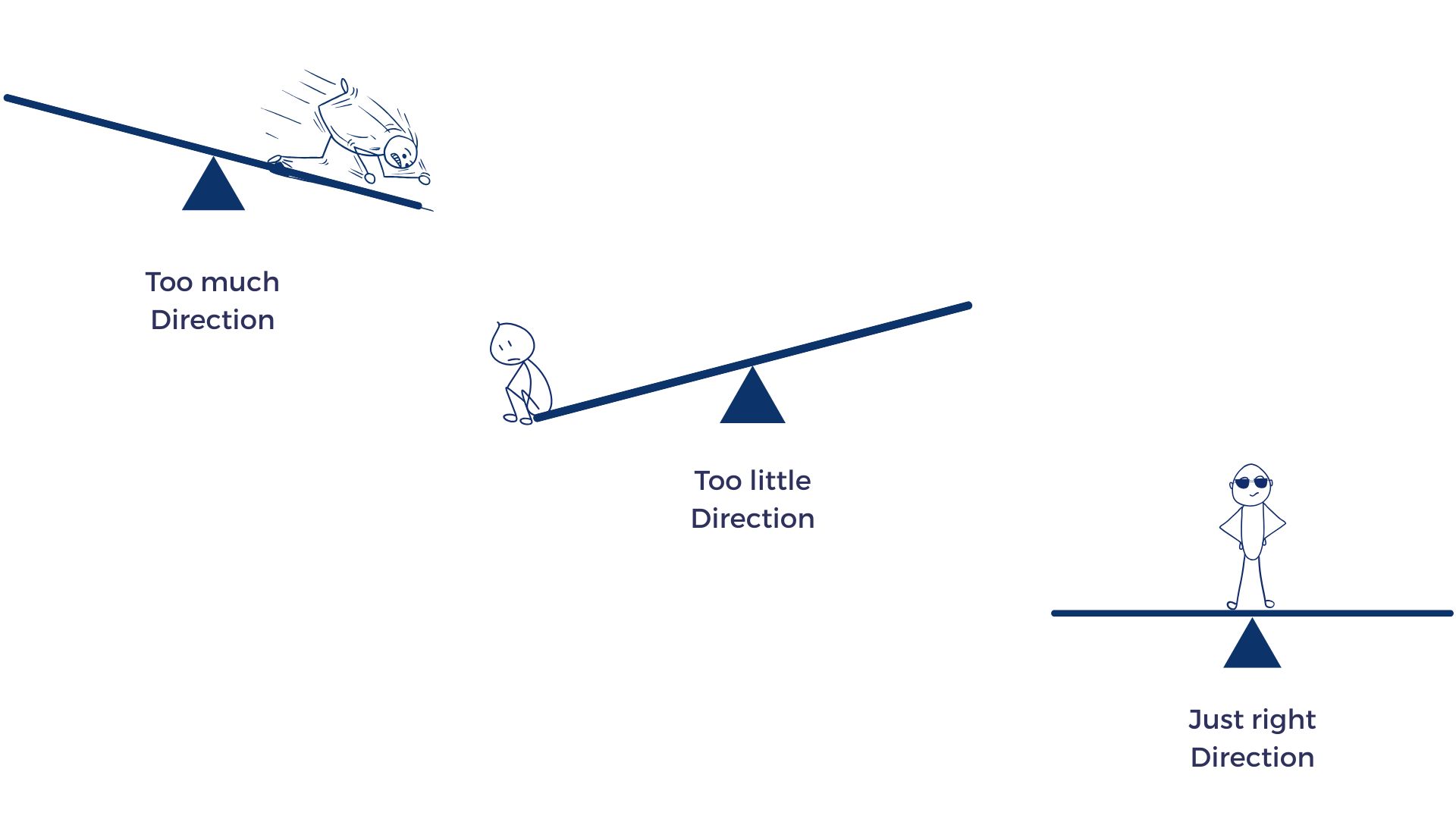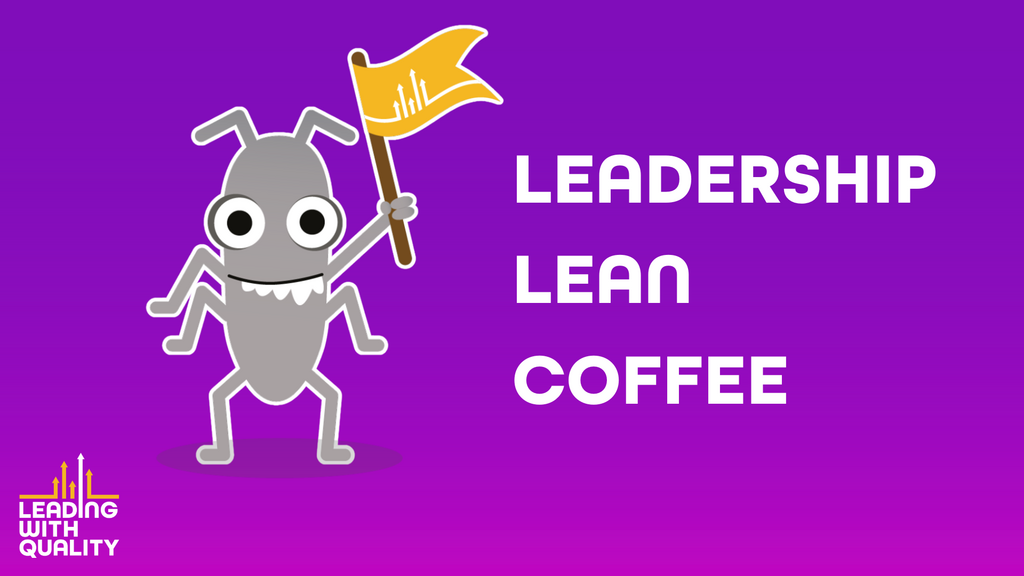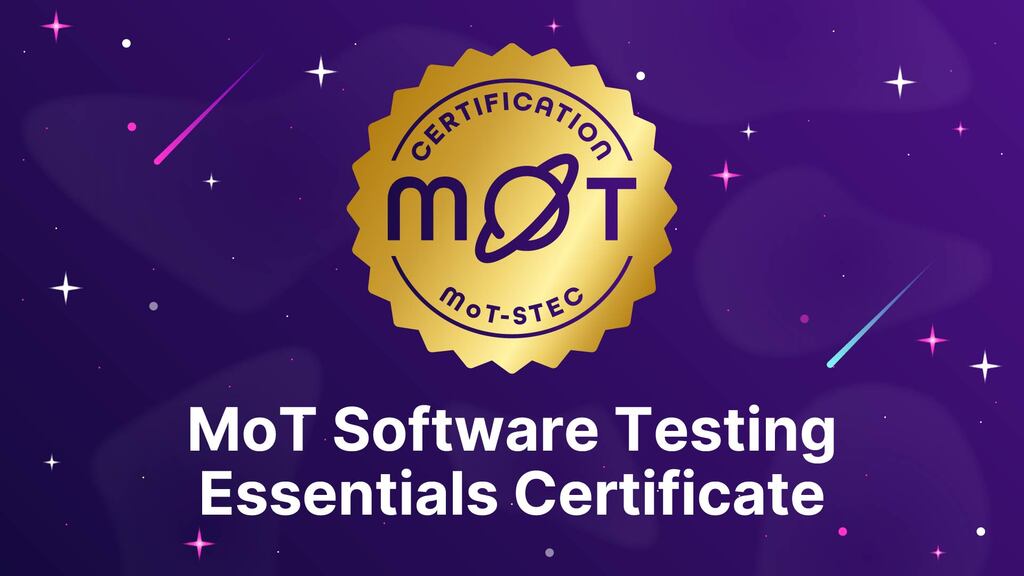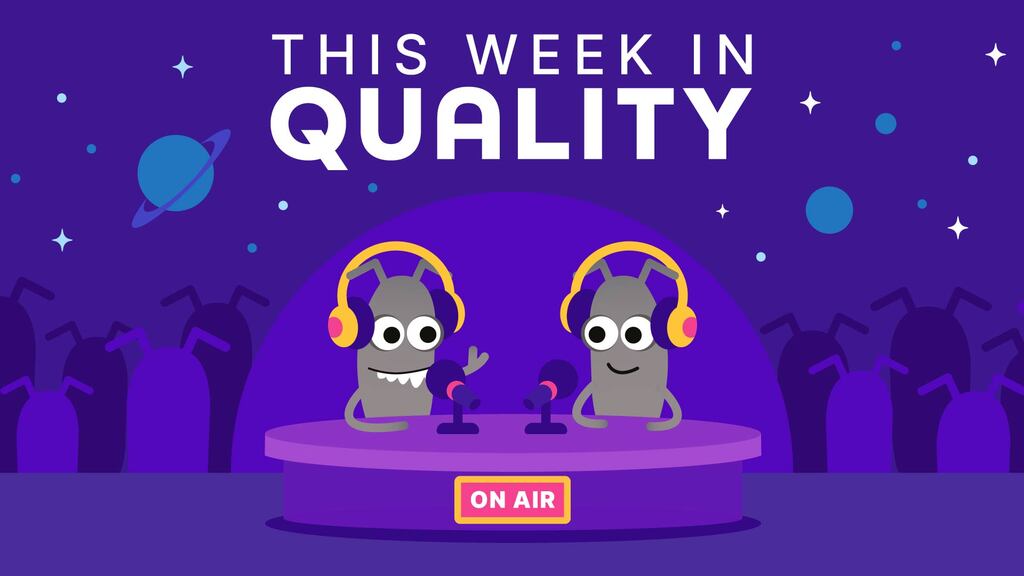The goldilocks of quality coaching

An excerpt from my book, the quality coach's handbook found in all good online stores including Leanpub and Amazon.
Energy is another word for motivation. You can’t force teams to be motivated, but you can create a space where it’s easier to be motivated. Motivation depends on all three elements of context, team makeup and the quality coach. It’s common to see a team motivated to improve their quality but impeded by delivery pressures.
How you interact with a team also impacts motivation. A push environment that dictates exactly how testing should operate can be demotivating for a team that is used to owning their decision making. However, a team that is under time pressure and lacks confidence in testing know-how may appreciate a direct approach.
And vice versa, creating a pull environment that allows a team to only call on you when they need it can work poorly with a team that lacks knowledge and confidence in quality or doesn’t understand that their quality practices are poor. A team that is motivated and wanting to own their decision making will probably appreciate the space you offer them to allow them to own their quality strategy.
Finding the balance is a skill. Be prepared to overstep the mark and make mistakes; it’s all part of the journey of learning to be a skilled quality coach.
This is why trust[^6] is vital in any quality coaching dynamic. Trust between a team and a quality coach can help build space to perform small experiments that can help shift the dial on quality. Trust can also help when people make mistakes. Teams are more willing to oversee excessive or passive direction if trust is high. A quality coach that has trust in a team will be more willing to be patient if a team doesn’t ‘get it’ straight away.
According to Charles Feltman, trust can be built through:
* sincerity (you're honest)
* reliability (you're dependable)
* competent (you can get the job done)
* caring (you have other's interests in mind)
Trust must also be built with senior leadership, as they ultimately can allocate sufficient time and resources for teams to work on quality-related activities.




